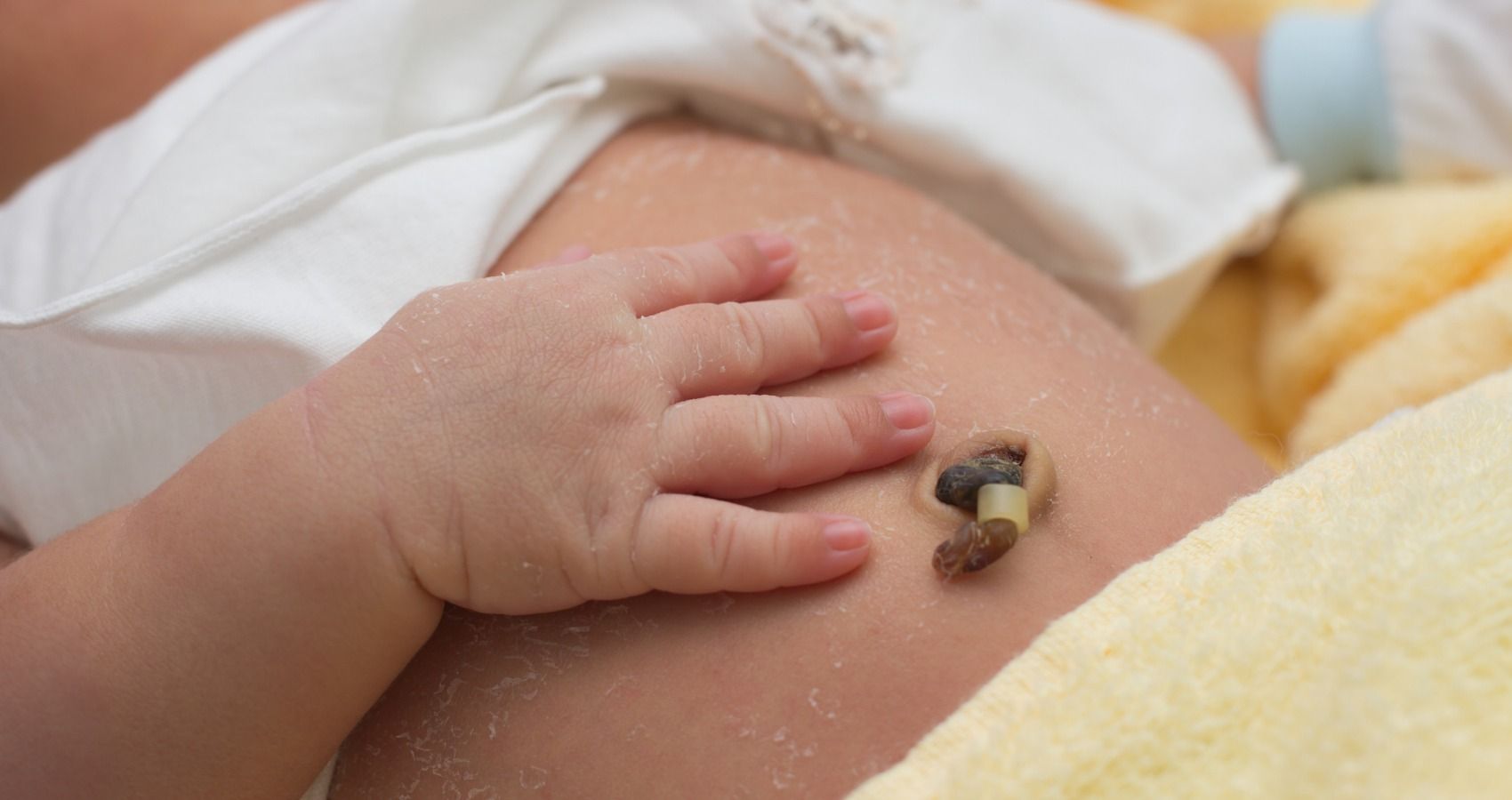When you bring a baby home from the hospital, there are a lot of things you have to stay on top of! There are the obvious things, like feeding, changing, and holding your newborn baby. You have to bathe them, and in some cases, you may need to administer medications or pay special attention to certain aspects of their care. But one thing that ALL new parents have to do after their baby is born is care for the baby's umbilical cord stump. It can feel a bit overwhelming if you're not prepared, but we have all the information you'll need to care for your newborn's umbilical cord stump properly.
What's an umbilical cord stump?
When your baby was safe and secure inside your belly, the umbilical cord is how they received all the nutrients and oxygen vital to their growth and development. When your baby is born, the umbilical cord is clamped and cut shortly after birth. The baby is then left with a short umbilical cord stump that needs to be cared for while it heals.
How do I take care of an umbilical cord stump?
Taking care of your baby's umbilical cord stump is just like caring for any wound or scab. The most important part of caring for it is keeping it clean and dry, and allowing the natural healing process to take place. Pediatricians used to recommend swabbing the area with rubbing alcohol, but that can actually irritate the skin and even delay healing. If your baby's umbilical stump looks dirty, you can swab the area with a wet q-tip or wash cloth, but in general, it should be kept dry. Doctors recommend giving only sponge baths until the stump has fallen off, and make sure to fold the front of the diaper down to keep it from rubbing on the umbilical cord stump. Also, try to avoid tight clothing or clothing that cuts along the waist, so it doesn't rub against the stump. Expose the healing umbilical cord stump to air as much as possible.
What are the signs of an umbilical cord stump infection?
Your baby's umbilical cord stump isn't going to be pretty - it's a healing scab! But even though umbilical cord stump infections are rare, it's important to know the signs and symptoms on an umbilical cord stump infection. If your baby's stump is red and swollen, is oozing pus or a foul-smelling discharge, is oozing blood (dried blood is normal), or there's a fluid-filled lump near the stump, those are signs of a possible infection. Additionally, if your baby has a fever, is lethargic or has no appetite, or their abdomen appears to be swollen, it's best to have it checked out by their pediatrician.
How long will my baby have an umbilical cord stump?
The healing process for an umbilical cord stump is actually pretty swift. Most baby's will lose their stumps 1-2 weeks after birth. It may be tempting to help it along and pull off the remaining stump when it's hanging on by a thread. But it's important to let nature takes its course and allow the umbilical cord stump to call off naturally. Once it falls off, there may be a small raw spot or a small amount of blood on the belly button - this is totally normal. If your baby's stump hasn't fallen off by week 4, give your pediatrician a call.
READ NEXT: 15 Things To Know About Dressing The Newborn (And 5 Oopsies We All Make)

